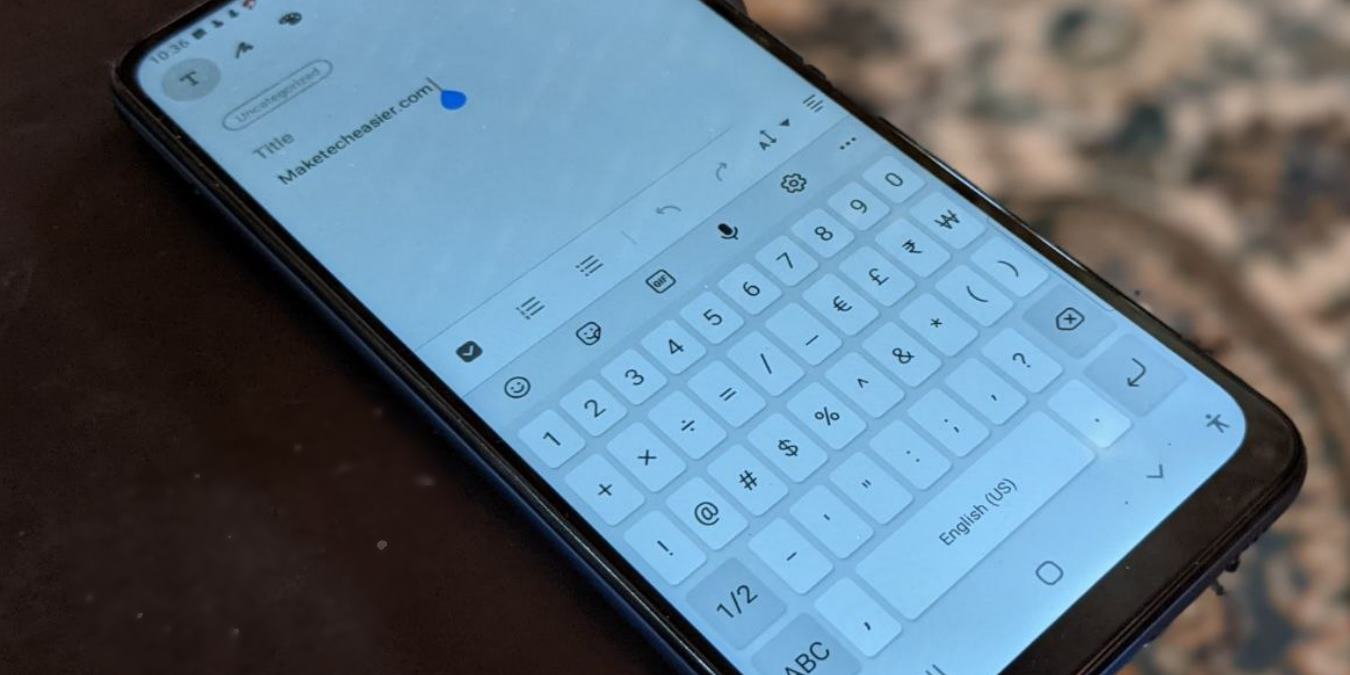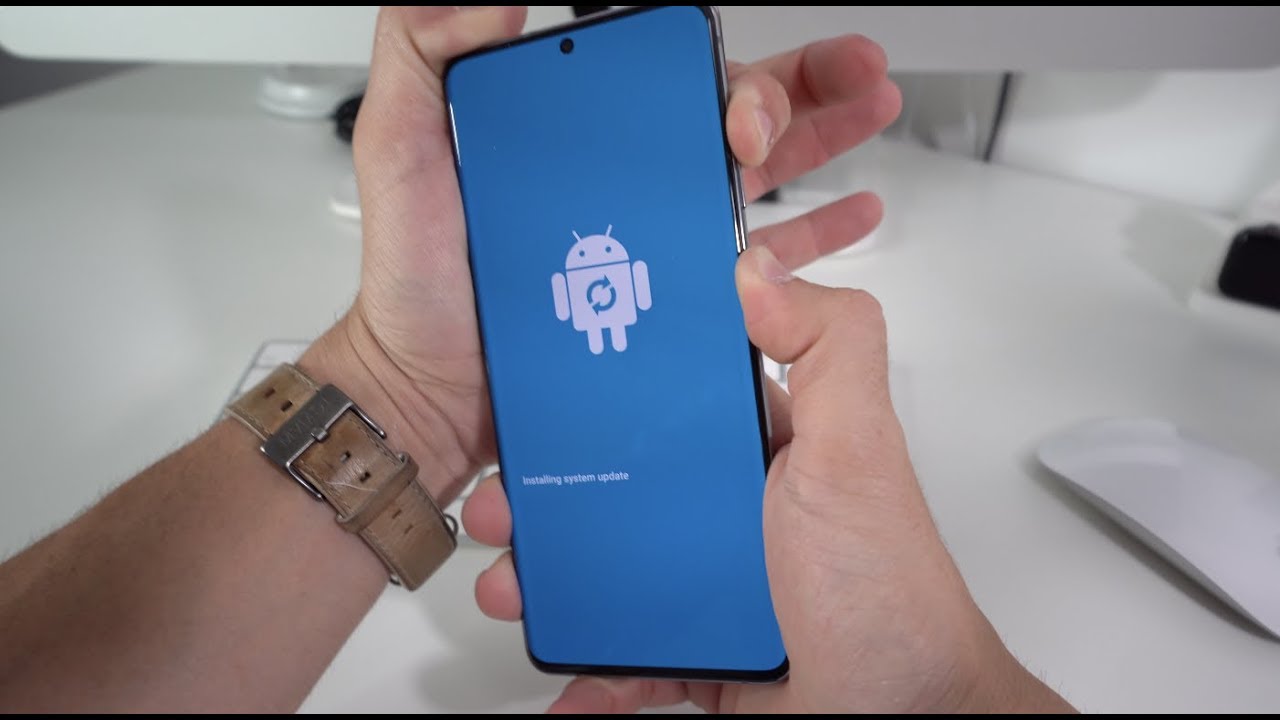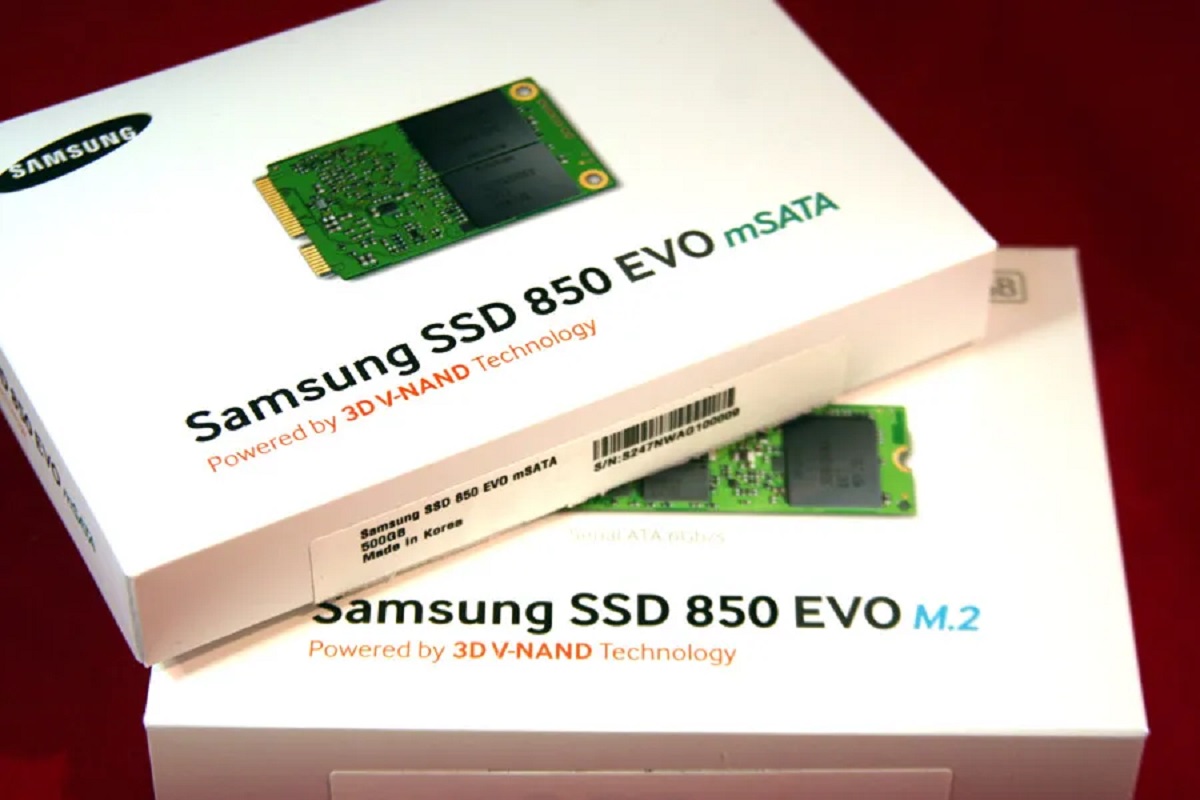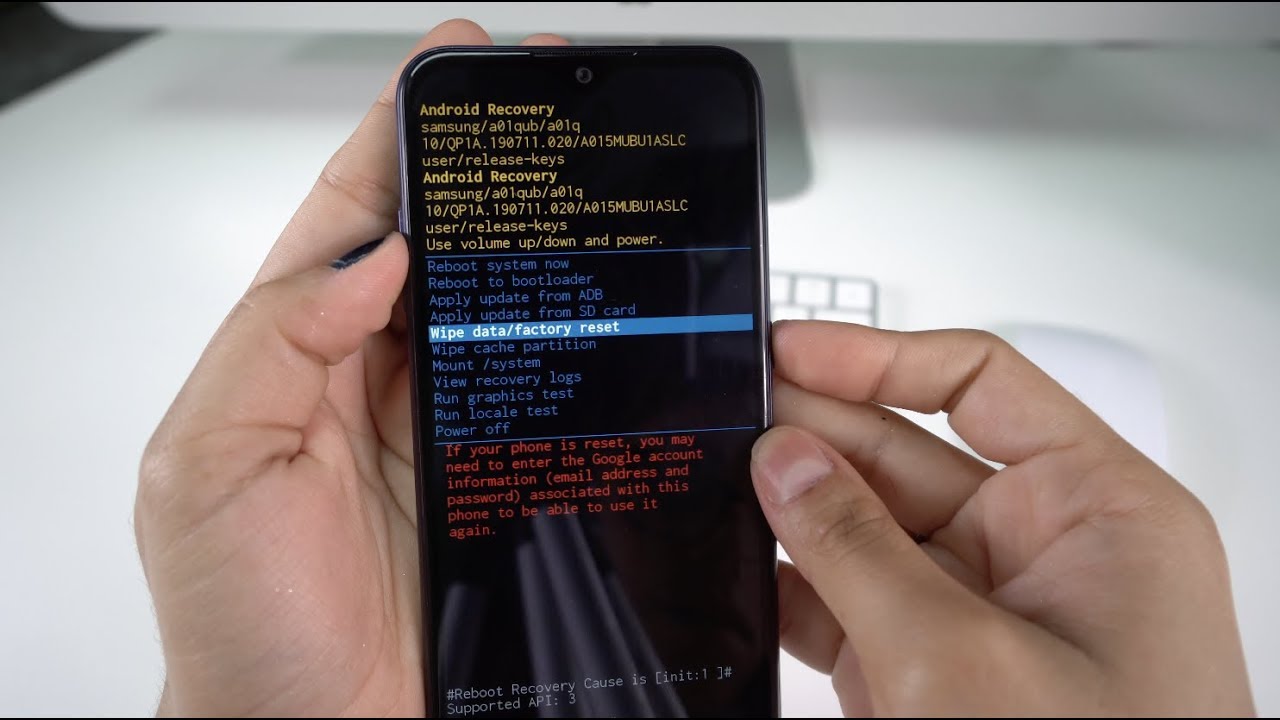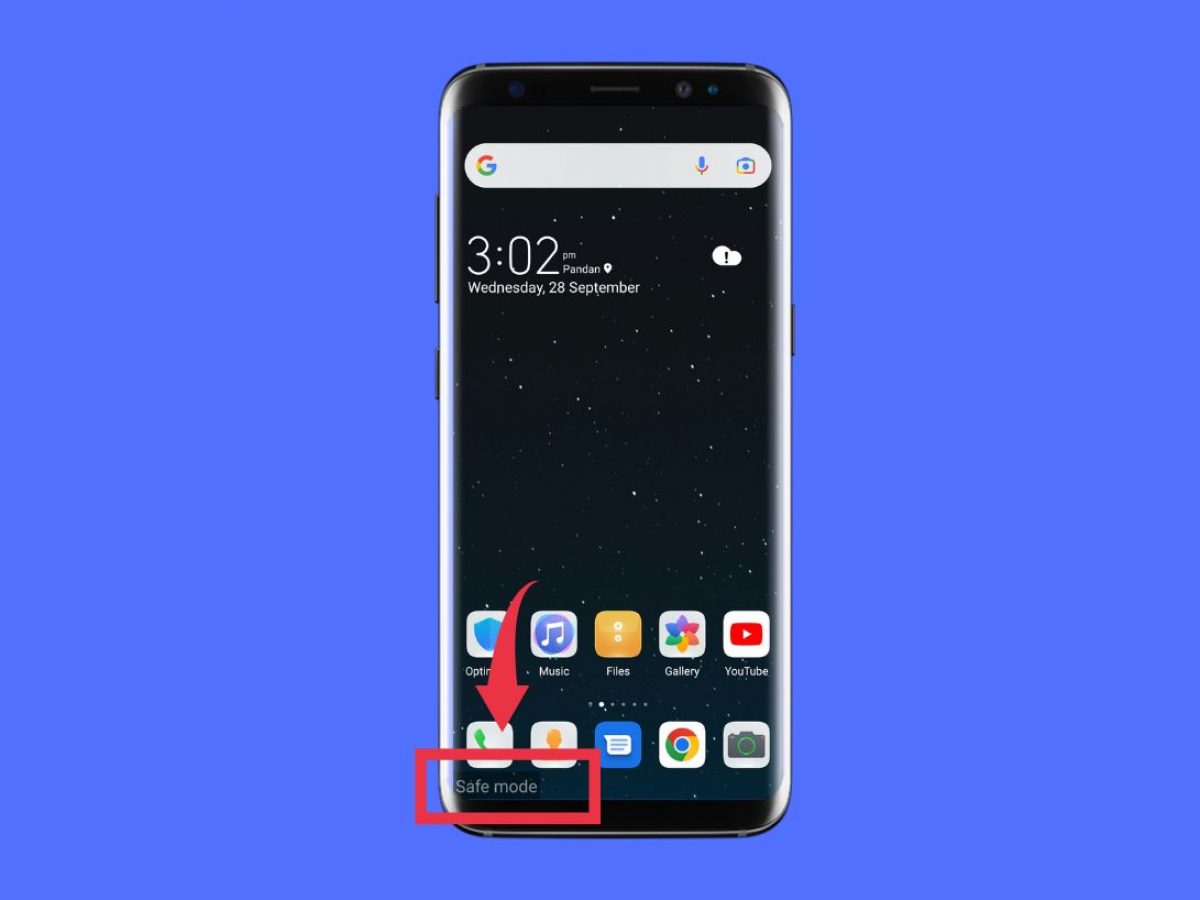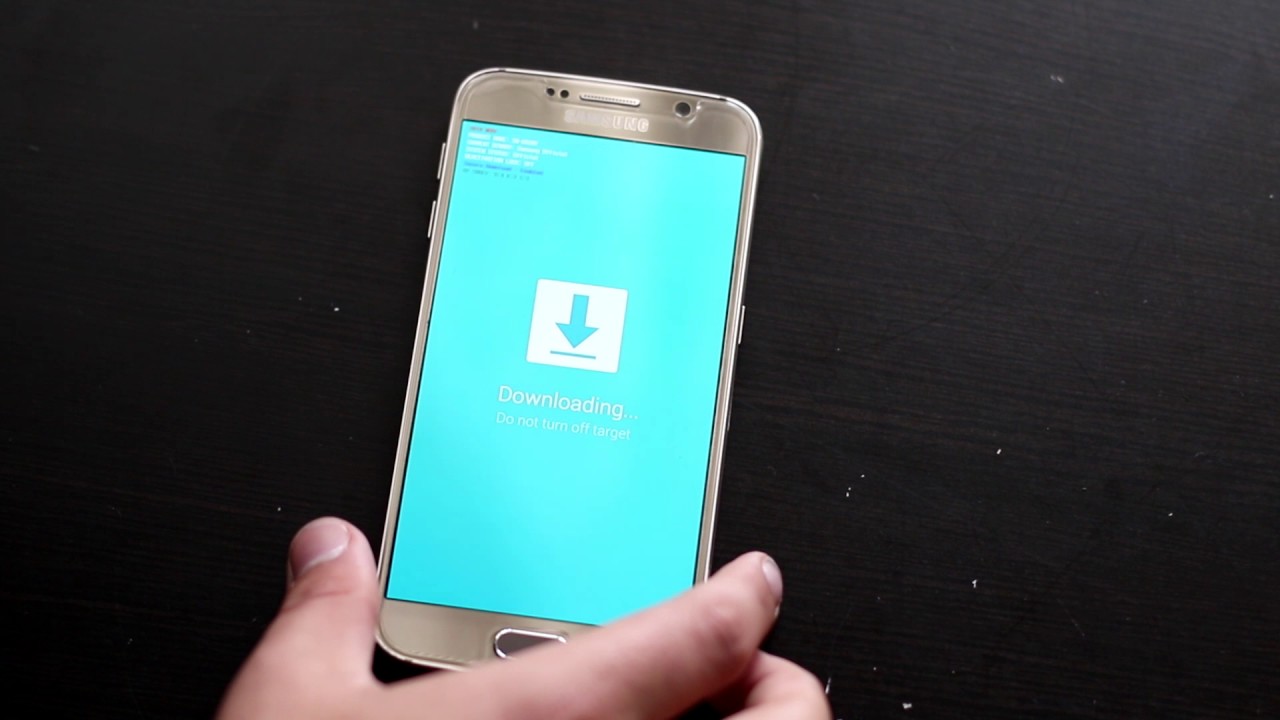Troubleshooting the Samsung Keyboard
The Samsung keyboard is a powerful and feature-rich tool that allows you to type effortlessly on your Samsung device. However, like any software, it can sometimes encounter issues that may affect its functionality. If you’re experiencing problems with your Samsung keyboard, don’t worry – there are several troubleshooting steps you can take to get it back to normal.
Restarting your device is often the first step in resolving any software-related issues. This simple action can clear temporary files and refresh the system, potentially fixing the problem with the keyboard. To restart your device, press and hold the power button until the power options appear. Then, select “Restart” or “Reboot.”
If restarting doesn’t solve the issue, clearing the keyboard cache might do the trick. To do this, go to “Settings” and select “Apps” or “Application Manager.” Look for the Samsung keyboard in the list of apps and tap on it. Then, choose “Storage” and select “Clear Cache.” This will remove any temporary data that may be causing conflicts with the keyboard.
Another important step is to check for software updates. Manufacturers regularly release updates that include bug fixes and improvements, so keeping your device up to date is crucial. To check for updates, go to “Settings,” then select “Software Update.” If an update is available, follow the instructions to install it.
Language settings can also affect the performance of the Samsung keyboard. If you’re using multiple languages, try switching to a different one and then back to the original. This can sometimes resolve issues with language-related settings and conflicts.
If all else fails, resetting the keyboard settings might solve the problem. To do this, go to “Settings,” then select “General Management” or “System.” Look for “Reset” and choose “Reset Keyboard Settings.” Keep in mind that this will reset any customizations you’ve made to the keyboard layout or settings, so make sure to back up your preferences if needed.
If none of the previous steps work, reinstalling the Samsung keyboard might be necessary. Go to “Settings,” then select “Apps” or “Application Manager.” Locate the Samsung keyboard in the list of apps, tap on it, and select “Uninstall.” Afterward, go to the Play Store and search for “Samsung Keyboard.” Reinstall the app and follow any on-screen instructions.
If you’ve tried all the troubleshooting steps and your Samsung keyboard is still not working properly, it’s advisable to contact Samsung support. They have trained professionals who can provide further assistance and guidance to resolve the issue.
Restarting the Device
Restarting your Samsung device is often the go-to solution when you encounter any software-related issues, including problems with the Samsung keyboard. The process is simple and can help to clear temporary files and refresh the system, potentially resolving the issue at hand.
To restart your Samsung device, follow these steps:
- Press and hold the power button located on the side or top of your device. The power options menu should appear on the screen.
- From the power options menu, select “Restart” or “Reboot.” The device will begin the restart process.
- Wait for your device to turn off completely, and then turn it back on by pressing the power button again.
Once your device reboots, test the Samsung keyboard to see if the issue has been resolved. In many cases, a simple restart can clear any temporary glitches or conflicts that may have been affecting the keyboard’s performance.
If the problem persists after restarting your device, there may be other troubleshooting steps you can take. However, restarting your device should always be the first step, as it is quick and easy to do. It also doesn’t require any technical expertise, making it a suitable solution for even the most novice users.
Remember to regularly restart your Samsung device to keep the system running smoothly. This not only helps with the performance of the Samsung keyboard but also ensures that the device is refreshed and optimized for optimal functionality.
Clearing the Keyboard Cache
If you’re experiencing issues with the Samsung keyboard, one troubleshooting step you can take is clearing the keyboard cache. The keyboard cache contains temporary files and data that can sometimes become corrupted or create conflicts, affecting the keyboard’s performance. Clearing the cache can help resolve these issues and restore the keyboard to normal functioning.
To clear the keyboard cache on your Samsung device, follow these steps:
- Go to the “Settings” menu on your device.
- Select “Apps” or “Application Manager” from the options.
- Scroll through the list of apps until you find the Samsung keyboard and tap on it.
- Inside the Samsung keyboard settings, look for the “Storage” option and tap on it.
- Next, tap on the “Clear Cache” button to remove the temporary files stored in the keyboard cache.
After clearing the cache, restart your device and test the Samsung keyboard to see if the issue has been resolved. Clearing the cache removes any temporary data that may have been causing conflicts or glitches in the keyboard’s performance.
It’s worth noting that clearing the keyboard cache will not delete any personal data or settings associated with the keyboard. It simply removes the temporary files that may be causing issues. However, if you have any specific keyboard customizations or preferences, you may need to reapply them after clearing the cache.
If clearing the keyboard cache doesn’t resolve the problem, you can try other troubleshooting steps. However, it’s always recommended to start with clearing the cache, as it is a quick and simple process. It’s also a good practice to periodically clear the keyboard cache to keep the keyboard running smoothly and prevent any potential performance issues.
Checking for Software Updates
Keeping your Samsung device up to date with the latest software updates is essential for optimal performance and functionality. Manufacturers regularly release updates that include bug fixes, security patches, and improvements to various aspects of the device, including the Samsung keyboard. If you’re experiencing issues with the keyboard, checking for software updates should be one of the troubleshooting steps you take.
To check for software updates on your Samsung device, follow these steps:
- Open the “Settings” menu on your device.
- Scroll down and select “Software Update” or a similar option, depending on your device model.
- Tap on “Download and Install” or “Check for Updates.” Your device will connect to the server to check for available updates.
- If an update is available, follow the on-screen instructions to download and install it. Make sure to have a stable internet connection and enough battery life to complete the update process.
Once the update installation is complete, restart your device and test the Samsung keyboard to see if the issue has been resolved. Software updates often include bug fixes and improvements to the keyboard’s performance, so updating your device can potentially address any problems you were experiencing.
If your device is already up to date and you’re still encountering issues with the Samsung keyboard, you may need to try other troubleshooting steps. However, it’s important to always check for software updates first, as they can significantly improve the overall functionality and performance of your device, including the Samsung keyboard.
Remember to regularly check for software updates to ensure that your device is running the latest version of the operating system. This will not only help resolve any current issues with the keyboard but also provide ongoing stability and security enhancements for your Samsung device.
Changing the Keyboard Language
If you’re experiencing problems with the Samsung keyboard, one possible solution is to change the keyboard language settings. Language settings can sometimes affect the performance of the keyboard, and switching to a different language and then back to the original language can resolve any conflicts or issues related to language settings.
To change the keyboard language on your Samsung device, follow these steps:
- Open the “Settings” menu on your device.
- Select “General Management” or “System” from the options.
- Look for “Language and Input” or a similar option and tap on it.
- Under the “Keyboard & Input Methods” section, select the “On-screen Keyboard” option.
- Tap on the Samsung Keyboard and then select “Languages and Types.”
- Choose a different language from the list. If you’re not sure which one to select, you can try the default language that corresponds to your device’s region.
- After selecting a different language, go back to the “Languages and Types” menu and choose the original language you were using before.
Once you’ve changed the language settings, test the Samsung keyboard to see if the issue has been resolved. In many cases, switching languages and then switching back can reinitialize the keyboard settings and fix any problems related to language settings.
If changing the keyboard language doesn’t solve the issue, you can try other troubleshooting steps. However, it’s recommended to start with this method, as it’s simple and doesn’t require any technical expertise. Language conflicts or settings can sometimes cause unexpected issues with the keyboard, and changing the language settings can help reset and resolve those conflicts.
Remember to keep your language preferences in mind after changing the language settings. If you have any customizations or specific language-related settings, you may need to reapply them after changing the language back to your desired language.
Resetting the Keyboard Settings
If you’re still experiencing issues with the Samsung keyboard, another troubleshooting step you can take is resetting the keyboard settings. Resetting the keyboard settings can help resolve any configuration or customization-related problems that may be impacting the keyboard’s performance.
To reset the keyboard settings on your Samsung device, follow these steps:
- Open the “Settings” menu on your device.
- Select “General Management” or “System” from the options.
- Look for “Language and Input” or a similar option and tap on it.
- Under the “Keyboard & Input Methods” section, select the “On-screen Keyboard” option.
- Tap on the Samsung Keyboard to access its settings.
- From the Samsung Keyboard settings menu, look for the “Reset” or “Reset Keyboard Settings” option and tap on it.
- Confirm the action by selecting “Reset Settings” or a similar option when prompted.
After resetting the keyboard settings, restart your device and test the Samsung keyboard to see if the issue has been resolved. Resetting the keyboard settings will revert any customizations or changes you’ve made to the keyboard layout or settings, potentially fixing any conflicts or issues that were affecting its performance.
It’s important to note that resetting the keyboard settings will not delete any of your personal data or files. It only resets the keyboard to its default settings. If you have any specific keyboard preferences or customizations, make sure to take note of them before proceeding with the reset, as you’ll need to reapply them after the reset if needed.
If resetting the keyboard settings doesn’t fix the problem, there may be other troubleshooting steps you can try. However, resetting the keyboard settings should be one of the initial methods to troubleshoot and resolve issues with the Samsung keyboard.
Remember to explore other troubleshooting steps if necessary and reach out to Samsung support if the issue persists. They can provide additional assistance and guidance in resolving the problem with your Samsung keyboard.
Reinstalling the Samsung Keyboard
If you’ve tried the previous troubleshooting steps and are still encountering issues with the Samsung keyboard, reinstalling the keyboard app itself may be the next course of action. Reinstalling the Samsung keyboard can help fix any underlying software issues or corrupted files that may be causing problems with its functionality.
To reinstall the Samsung keyboard on your device, follow these steps:
- Open the “Settings” menu on your device.
- Select “Apps” or “Application Manager” from the options.
- Scroll through the list of apps until you find the Samsung keyboard. Tap on it.
- Within the Samsung keyboard settings, look for the option to “Uninstall” the app. Tap on it.
- Once the app is uninstalled, go to the Play Store.
- Search for “Samsung Keyboard” using the search bar.
- Locate the official Samsung Keyboard app and tap on it.
- Select “Install” to download and install the app on your device.
- Once the installation is complete, go back to the “Settings” menu.
- Select “Language and Input” or a similar option.
- Under the “Keyboard & Input Methods” section, choose “On-screen Keyboard.”
- Tap on the Samsung Keyboard to access its settings.
- Configure any desired preferences or settings within the Samsung Keyboard settings.
After reinstalling the Samsung keyboard and configuring any customized settings, test the keyboard to see if the issue has been resolved. Reinstalling the app ensures that you have a fresh and updated version of the Samsung keyboard, potentially fixing any software-related issues or conflicts that were present before.
Remember to restart your device after reinstalling the keyboard to allow the changes to take effect fully. If the problem persists even after reinstalling the keyboard, it may be necessary to contact Samsung support for further assistance and guidance in resolving the issue.
Reinstalling the Samsung keyboard is typically a straightforward process, but it’s always a good practice to ensure that you have a backup of any important data before proceeding with any app installation or uninstallation. This ensures that your personal information and files are protected throughout the process.
Contacting Samsung Support
If you’ve exhausted all the troubleshooting steps mentioned earlier and are still facing issues with the Samsung keyboard on your device, it may be time to reach out to Samsung support for further assistance. Samsung support has a team of trained professionals who can provide personalized guidance and help in resolving the problem.
Contacting Samsung support can be done through various channels, including:
- Phone Support: Samsung provides phone support where you can speak directly to a representative who can assist you with troubleshooting the issue. Check the Samsung website or the documentation that came with your device for the appropriate phone number to contact.
- Live Chat Support: If you prefer online assistance, Samsung offers live chat support on their website. This allows you to chat with a support representative in real-time to address your concerns and resolve the issue.
- Email Support: Another option is to reach out to Samsung support through email. You can find the email address on the Samsung website or within their support documentation.
- Community Forums: Samsung also has community forums where you can post your issue and seek help from other users or Samsung moderators. Often, there are knowledgeable individuals who can provide suggestions and solutions based on their experiences.
When contacting Samsung support, be sure to provide detailed information about the issue you’re facing with the Samsung keyboard. It’s helpful to include any relevant error messages or specific steps that lead to the problem. This information will assist the support team in diagnosing the issue more effectively.
Additionally, it’s recommended to have your device’s model number, software version, and any relevant purchase details on hand when contacting support. This information will enable the support representative to provide more accurate and tailored assistance.
Remember to remain patient and polite when interacting with Samsung support. They are there to help you and will do their best to resolve the issue you’re facing with the Samsung keyboard on your device. Follow any instructions or suggestions provided by the support team, and be open to their recommendations or further troubleshooting steps.
Contacting Samsung support ensures that you receive professional assistance and increases the chances of finding a resolution to the problem you’re experiencing with the Samsung keyboard.







